Market Growth Projections
The Global Carotid Stents Market Industry is poised for substantial growth, with projections indicating an increase from 2.37 USD Billion in 2024 to 4.38 USD Billion by 2035. This growth reflects a compound annual growth rate of 5.73% from 2025 to 2035, driven by various factors including technological advancements, rising prevalence of carotid artery disease, and increased awareness. The market dynamics suggest a robust demand for innovative stenting solutions, as healthcare providers seek to enhance patient outcomes and reduce complications. As the industry evolves, the focus on improving treatment efficacy and accessibility remains paramount.
Growing Geriatric Population
The expanding geriatric population globally serves as a critical driver for the Global Carotid Stents Market Industry. Older adults are at a heightened risk for carotid artery disease, necessitating effective treatment options such as stenting. As the demographic shifts toward an older population, healthcare systems are increasingly challenged to address the unique needs of this group. This trend is likely to contribute to the market's growth, with projections indicating a rise to 2.37 USD Billion in 2024. The intersection of aging and cardiovascular health underscores the importance of tailored interventions, positioning carotid stenting as a vital component of geriatric care.
Rising Prevalence of Carotid Artery Disease
The increasing incidence of carotid artery disease globally drives the Global Carotid Stents Market Industry. As populations age, the prevalence of atherosclerosis and related conditions rises, leading to a higher demand for effective treatment options. In 2024, the market is projected to reach 2.37 USD Billion, reflecting the urgent need for interventions such as carotid stenting. Furthermore, the World Health Organization indicates that cardiovascular diseases remain a leading cause of mortality, underscoring the importance of addressing carotid artery blockages. This trend suggests a sustained growth trajectory for the industry as healthcare systems prioritize preventive and interventional strategies.
Increasing Awareness and Screening Initiatives
Heightened awareness regarding the risks associated with carotid artery disease propels the Global Carotid Stents Market Industry forward. Public health campaigns and screening initiatives encourage early detection and intervention, leading to increased diagnoses and subsequent treatment demand. As healthcare systems implement routine screening protocols, more patients are identified as candidates for carotid stenting. This proactive approach is likely to contribute to the market's growth, with a projected compound annual growth rate of 5.73% from 2025 to 2035. Enhanced education on cardiovascular health further supports this trend, fostering a culture of prevention and timely intervention.
Technological Advancements in Stenting Procedures
Innovations in stenting technology significantly influence the Global Carotid Stents Market Industry. Recent advancements, such as drug-eluting stents and bioresorbable stents, enhance patient outcomes and reduce complications. These technologies not only improve the efficacy of carotid interventions but also expand the patient population eligible for stenting. As healthcare providers adopt these advanced solutions, the market is expected to grow, with projections indicating a rise to 4.38 USD Billion by 2035. The integration of minimally invasive techniques further supports this growth, as they offer reduced recovery times and lower risks, appealing to both patients and healthcare providers.
Government Support and Funding for Cardiovascular Health
Government initiatives aimed at improving cardiovascular health significantly impact the Global Carotid Stents Market Industry. Increased funding for research, public health programs, and access to advanced medical technologies fosters an environment conducive to market growth. Policies promoting preventive care and early intervention strategies align with the rising demand for carotid stenting procedures. As governments recognize the economic burden of untreated cardiovascular diseases, investments in healthcare infrastructure and technology become more pronounced. This support is expected to drive market expansion, as evidenced by the anticipated growth trajectory leading to 4.38 USD Billion by 2035.


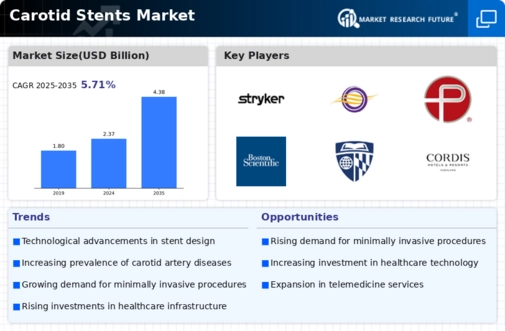
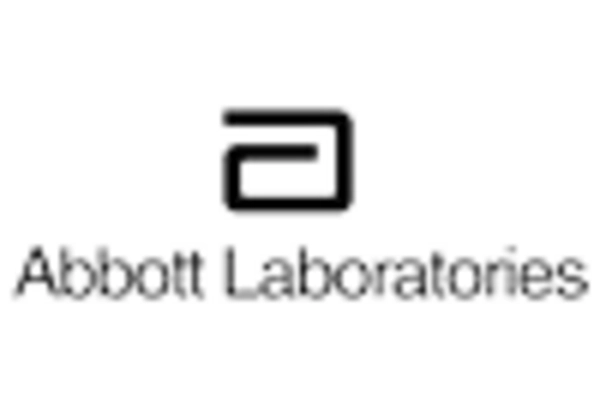
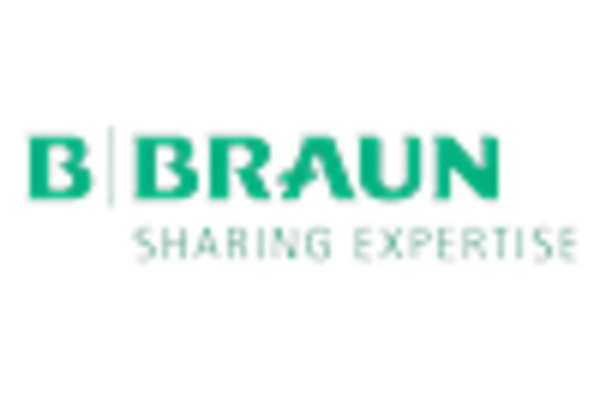

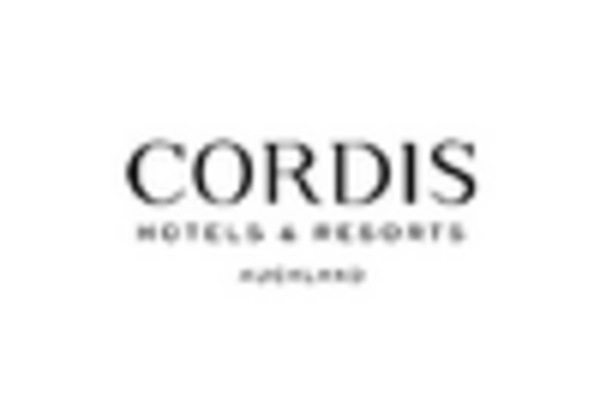

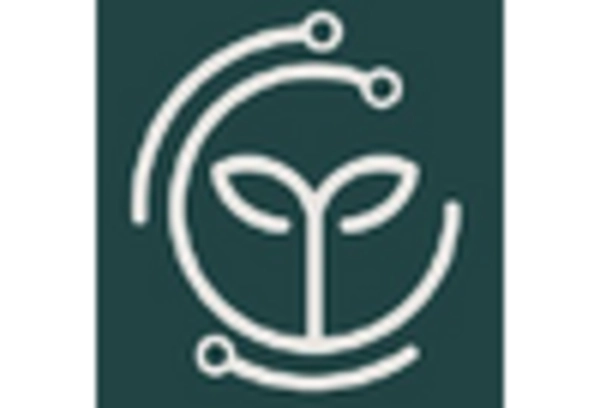








Leave a Comment